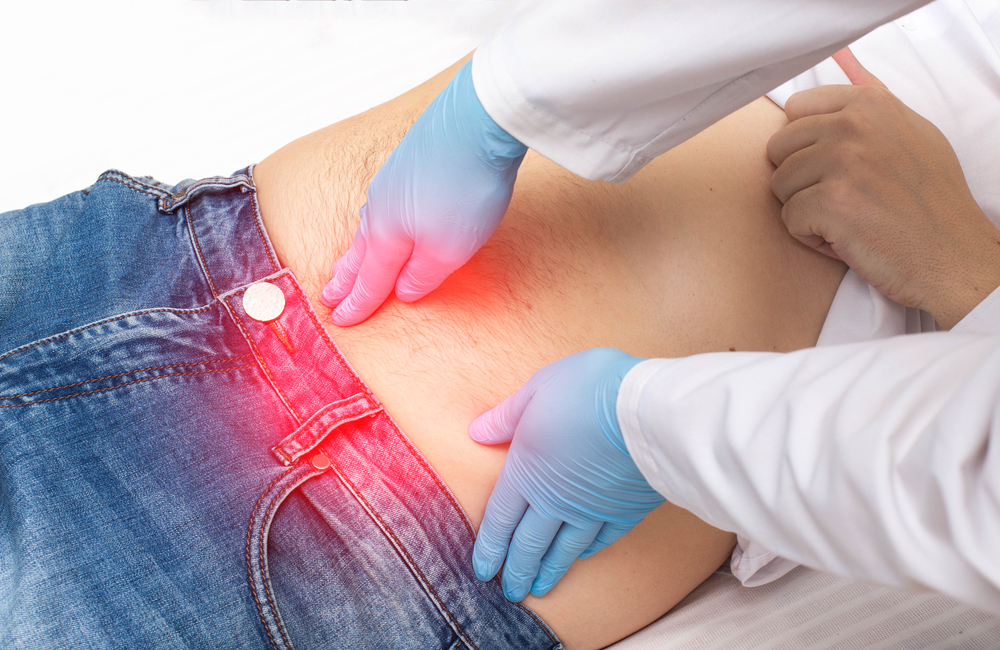How to Know If You Have a Hernia? Top Signs to Look For
Hernias are very common, and 20 million hernia repairs are performed every year all over the world. A hernia is not usually dangerous, and sometimes, you can go through life without being bothered by it at all, but in other cases, it can cause some discomfort.

But how do you know you are dealing with a hernia and not another unrelated health condition? Patrick Moore MD can help you determine whether you have a hernia or not, but you can also look for some signs. In this blog, you will learn the basics about hernias and how to potentially diagnose them.
What Is a Hernia?
When most people feel budges on their skin, they panic as their thoughts automatically go one way: tumors. The danger is not to be overlooked, which is why a consultation is needed, but there is a good chance that the “tumor” you think you are feeling may just be a hernia.
Hernias occur when a small part of your organs or tissue (e.g., your intestines) begins pushing through a weaker layer of your muscles.
Hernias can be external when you can see the bulge, or internal when the hernia pokes through deeper layers of the muscle. Anyone can develop a hernia, and usually, it is not life-threatening. However, depending on the position of the hernia and the associated symptoms, you should have it repaired.

What Are the Symptoms of a Hernia?
There are several symptoms associated with a hernia and these may differ based on your gender. But overall, the most common signs are:
- A bulge on your skin that you can either feel or see
- The bulge can be pushed back or disappears when you lie down
- You feel pressure in the area
- You feel pain in the bulging area, which worsens when you are active, coughing, or adding pressure
- Males can feel as if their scrotum is tugging around their testicles
- Nausea and constipation accompanying the bulge
If you think that you are dealing with a hernia, then you should contact Dr. Patrick Moore. He will perform a physical examination and determine if you require a hernia repairor not.
Types of Hernias
A hernia may develop in different areas of your body, with or without a swelling lump. So, here are the types of hernias based on where they appear:
- Inguinal Hernia: This is one of the most common types of hernias and it usually affects men. In this case, fatty tissue pops out at the top of the inner thigh, in the groin area.
- Umbilical Hernia: This happens when parts of your bowel or fatty tissue pop out in the tummy region, near the belly button. This is quite common in babies.
- Femoral Hernia: This type of hernia is more common among women, and it happens when parts of your bowel or fatty tissue poke out at the inner thigh top, in the groin area.
- Epigastric Hernia: In this situation, the fatty tissue usually pokes through your stomach, between the lower breast bone area and the belly button.
- Hiatal Hernia: This happens when the stomach extends through a diaphragm opening, poking through your chest. It has very few noticeable symptoms but may lead to heartburn.
Once the type of hernia has been established, Dr. Patrick Moore can perform the proper hernia repair. Keep in mind that hernias do not repair on their own, so it might not be helpful to just wait and see what happens.
Set Up a Consultation Today!
Hernias are not always problematic, but since they won’t repair on their own, you need to rely on surgery. So, if your hernia is causing you pain or raising concerns, we encourage you to set up an appointment with Dr. Patrick Moore for a hernia repair.
For more details about hernia repair surgery, you can contact Patrick Moore MD by calling 951-477-5700.




